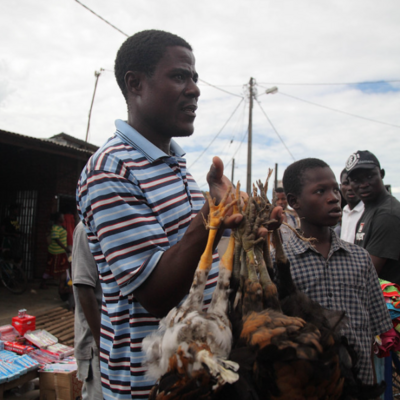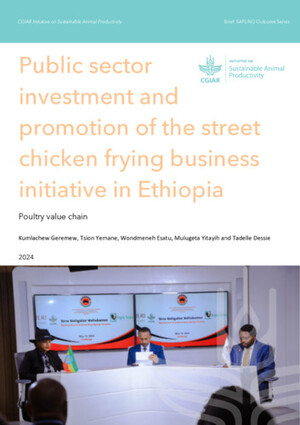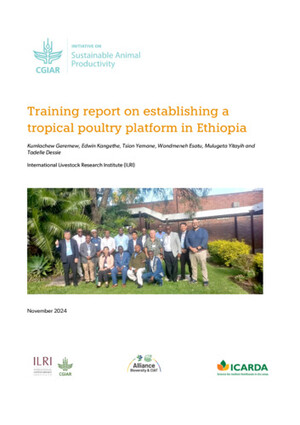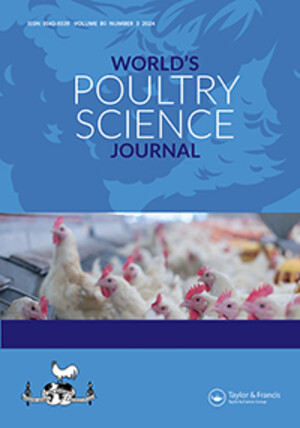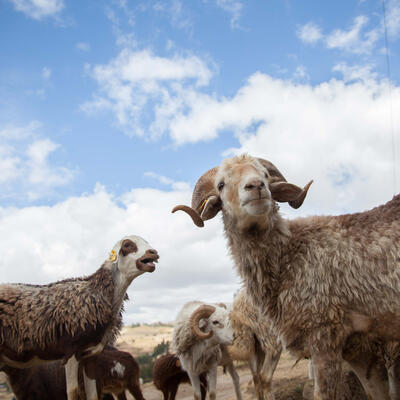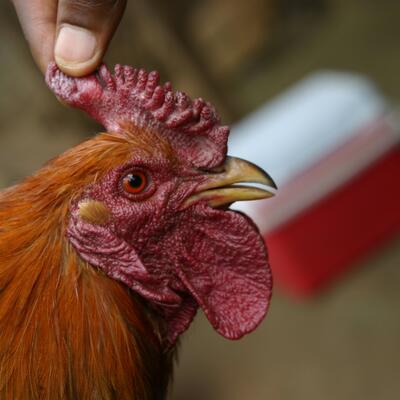
How African Chicken Genetic Gains program aligns with Ethiopia’s livestock master plan

The Ethiopia Livestock Master Plan (LMP) was published in August 2015 with the objective of clearly outlining the path to development for the livestock sector in country. The main investment interventions outlined were better genetics, feed and health services, which, together will improve productivity and total production in the key livestock value chains including poultry.
In this post we hope to give a brief outline of how the African Chicken Genetic Gains (ACGG) is contributing to the LMP’s objectives.
1. Reduce poverty
One of the main objectives of ACGG program is to empower poor smallholder farmers, especially women, in the chicken value chain. The vision is to increase smallholder chicken production and productivity growth as a pathway out of poverty in Ethiopia. The program will directly target farmers who are living on less than USD 2 per day.
The introduced breeds will be high-producing and disease-resistant, with a feed conversion ratio of 2:1 to 3:1, meaning that less feed will be required to produce the poultry meat.
A recent analysis conducted by the Bill & Melinda Gates Foundation, which was based on actual market data from East Africa, shows that the potential income from raising these low-input but high-producing chickens under low-input conditions offers a sure way out of poverty for many poor farmers.
2. Achieve food and nutritional security
The introduced breeds will produce at least 200% more than existing local breeds, improving food security. With nearly 40% of global chicken exports going to Africa and the Middle East, there is a tremendous opportunity for increased food security by increasing productivity and production of chicken systems in sub-Saharan Africa. The increased production of chicken meat and eggs will improve access in rural communities, which is expected to result in increased household animal protein consumption, improving nutritional security in line with the Livestock Master Plan.
3. Contribute to economic growth (GDP)
The significant production and productivity gains from the new chicken breeds will increase income and increased household consumption with very limited risk. The local and national government stand to benefit through the multiplier effect from a better-nourished population and improved food security. Grain growers, even if in a small way, will benefit from expanded local feed demand to supply supplemental feeds to a more commercialized chicken production system.
4. Contribute to exports and foreign exchange earnings
The ACGG program will contribute to enhanced productivity and overall livelihoods of rural and peri-urban farming communities in Ethiopia, with significant spillover potential across the continent, through a transformational, farmer-centred approach of improving village chicken production systems that will enable smallholders to access improved local and tropically-adapted chicken breeds.
5. Contribute to climate mitigation and adaptation
According to a study published last year in the journal Environmental Science & Technology, chicken and turkey have the lowest energy usage throughout production compared to red meat and contribute least to global warming. The potential increased rates of chicken production under the ACGG project may encourage individuals to substitute red meat for chicken, contributing to the Livestock Master Plan’s objective of mitigating climate change.







